Printmaking

Weaving
What We Do
Traditional Printmaking
Prints are created from an original surface, prepared by or under supervision of the artist. Common types of matrices include: metal plates for engraving or etching, stones for lithography, blocks of wood for woodcuts and wood engravings, linoleum for linocuts; and fabric for screen-printing.
At Atelier S8 we focus on traditional printmaking techniques: intaglio, relief and lithography.
Tapestry Weaving
Tapestry is weft-faced weaving, in which all the warp threads are hidden in the completed work, unlike cloth weaving where both the warp and the weft threads may be visible. In tapestry weaving, weft yarns are typically discontinuous; the weaver interlaces each coloured weft back and forth in its own small pattern area to form a picture or pattern.
Most weavers use a natural warp thread, such as linen or cotton. The weft threads are usually wool or cotton, but may include silk, gold, silver, or other alternatives.
Picture Framing
We offer a large selection of frame mouldings and matboards, and can also modify or combine mouldings to create customized frames. For special requirements we also offer handcrafted, custom-made frames.
Cultural Heritage
We also preserve cultural heritage by the use of vintage printing presses. Our main litography press is over 100 years old, and is currently being completely refurbished to make it usable for many more years.
The upright, warp-weighted tapestry looms we use are similar to looms used in the Neolithic period. This type of loom was once in extensive use throughout Europe, but diminished in popularity and disappeared from common use in most areas. Warp-weighted looms remained in use in some locations in Norway and among the Sami people in Norway and Finland.
Tradition and Innovation
Sustainable Processes
Many conventional printmaking processes involves the use of harmful and toxic chemicals: Acids, solvents, and pigments. Most of these chemicals can be replaced by non-toxic materials. At Atelier S8 we make effort to reduce the use of harmful materials and contribute to the further development of sustainable printmaking processes.
